This is the fifth in a series of posts about the Sony alpha 9 Mark II, aka the a9II. The series starts here. You can find other posts in this series by using the category list on the right, and selecting “a9II”.
I averaged 128 ISO 1000 1/1000 second dark-field shots using EFCS and uncompressed raw, and histogram-equalized the result so any fixed patterns in the read noise would be maximally visible. We’ll look first at the overall image in each of the four raw channels.
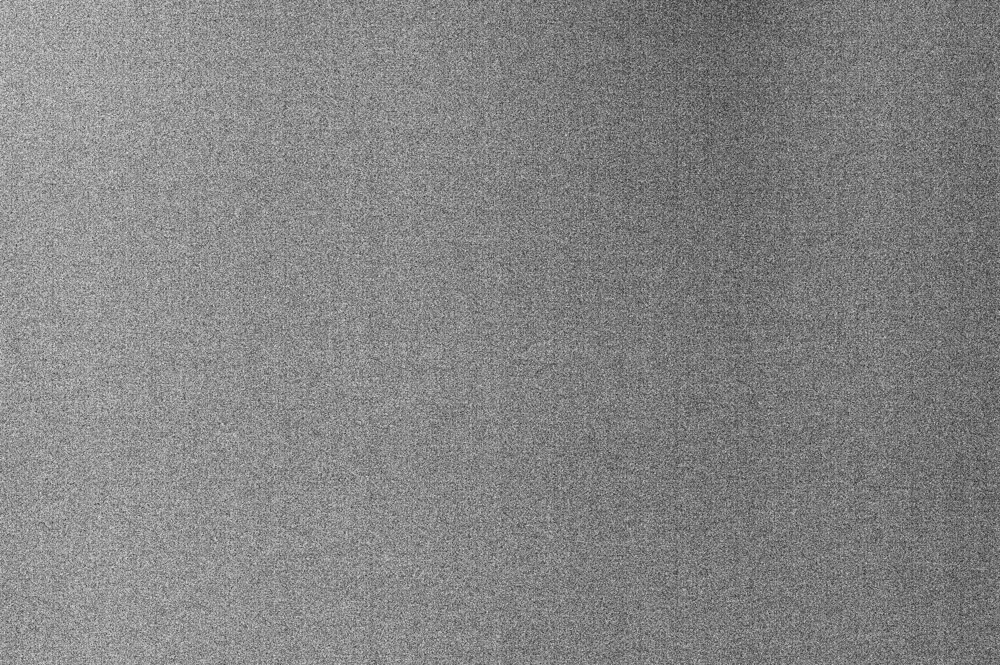
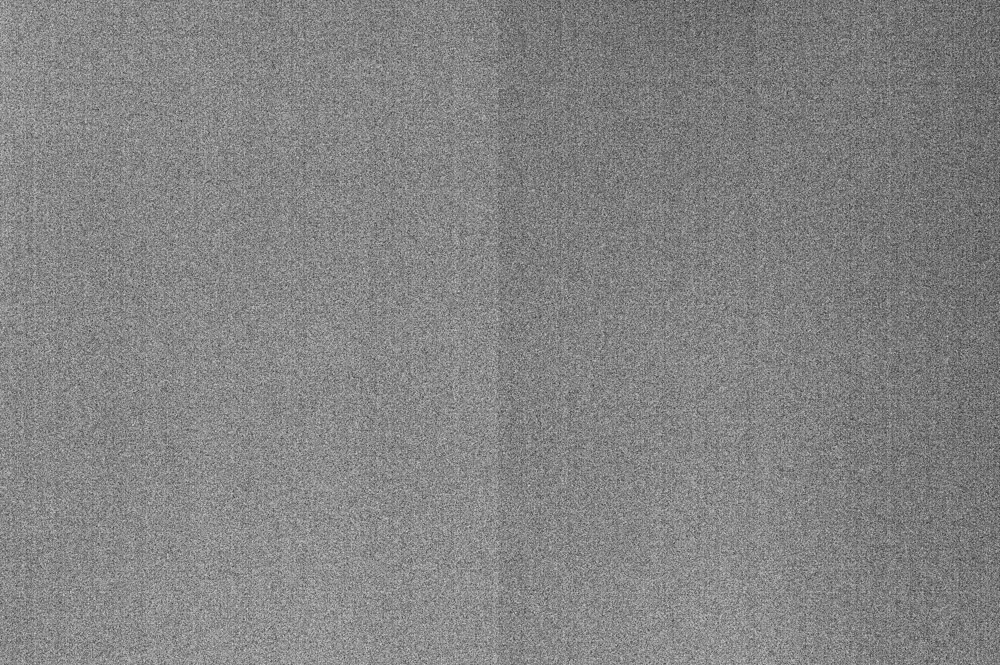
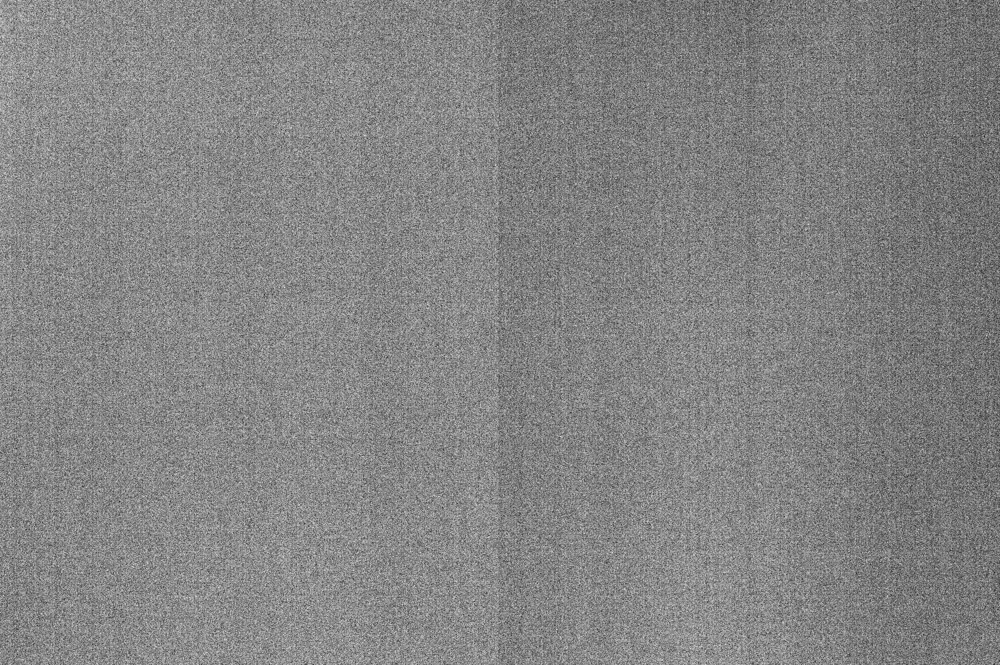
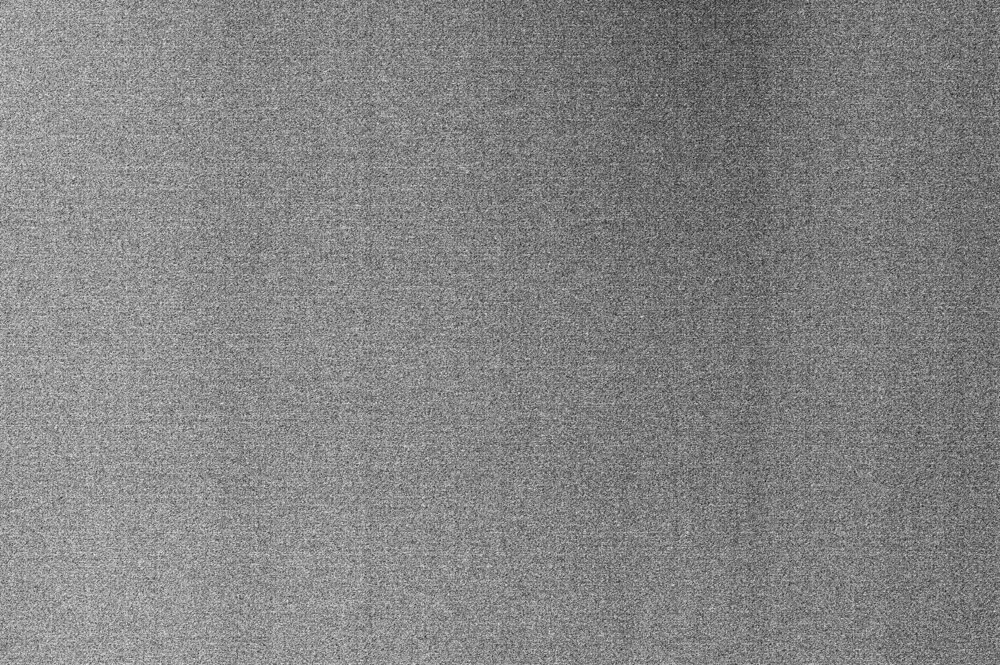
There are both horizontal and vertical features. The horizontal features tend to have high spatial frequency in the vertical direction and the vertical features vary more slowly, except for the transition in the center of the green channels.
Here are some tight crops at about 130% magnification:
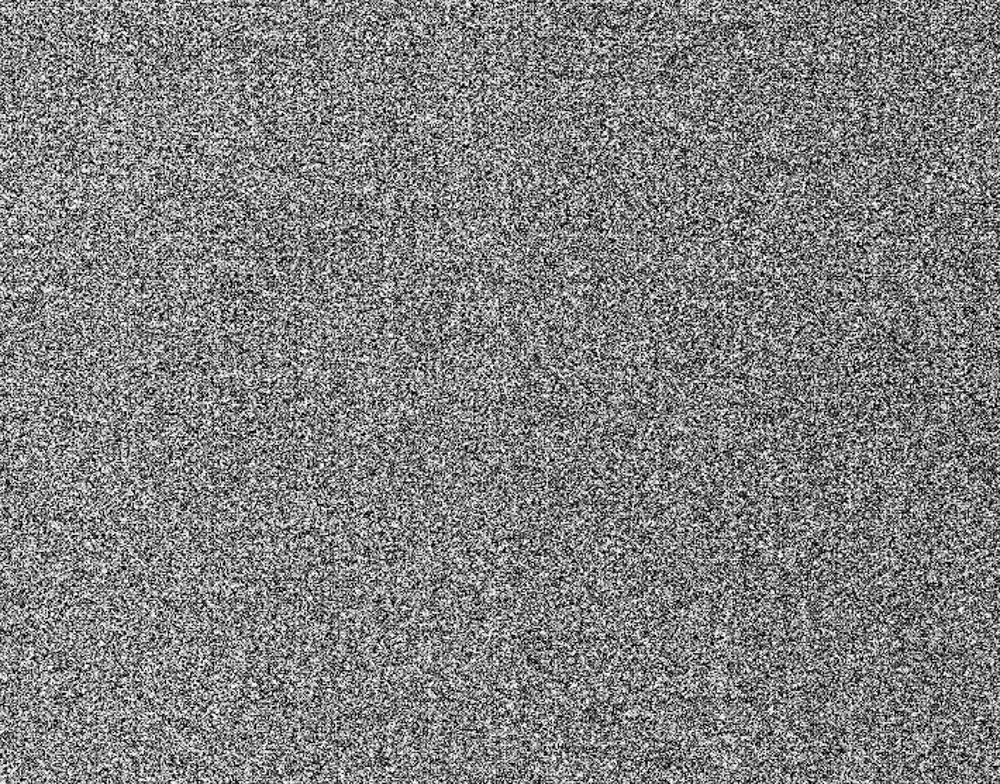
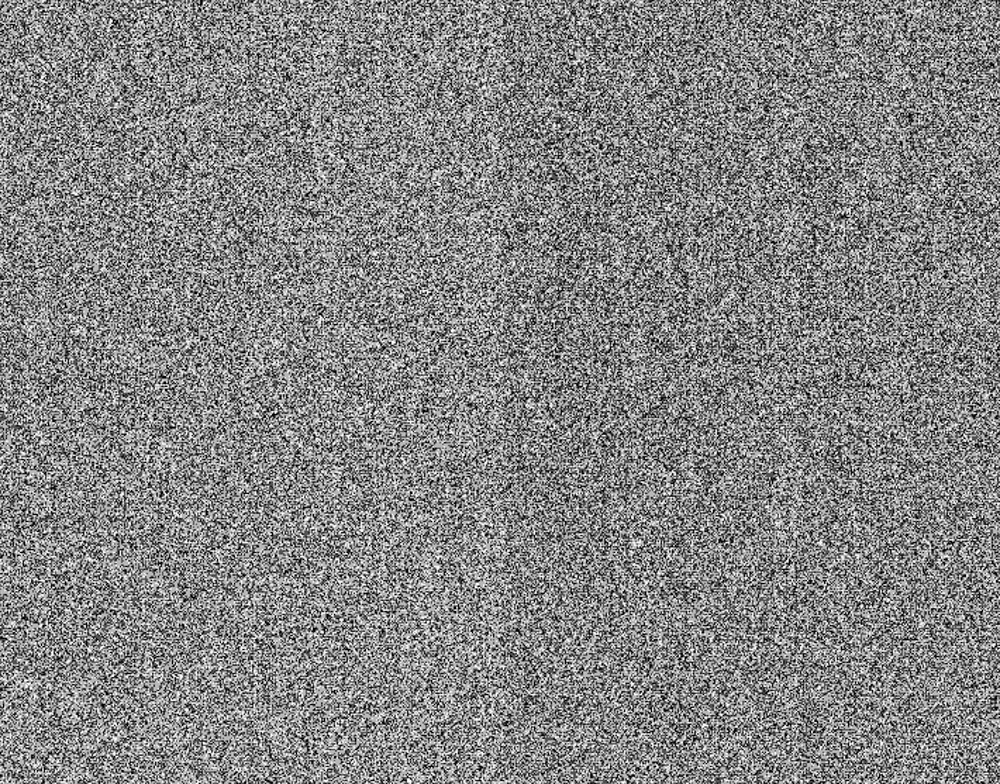
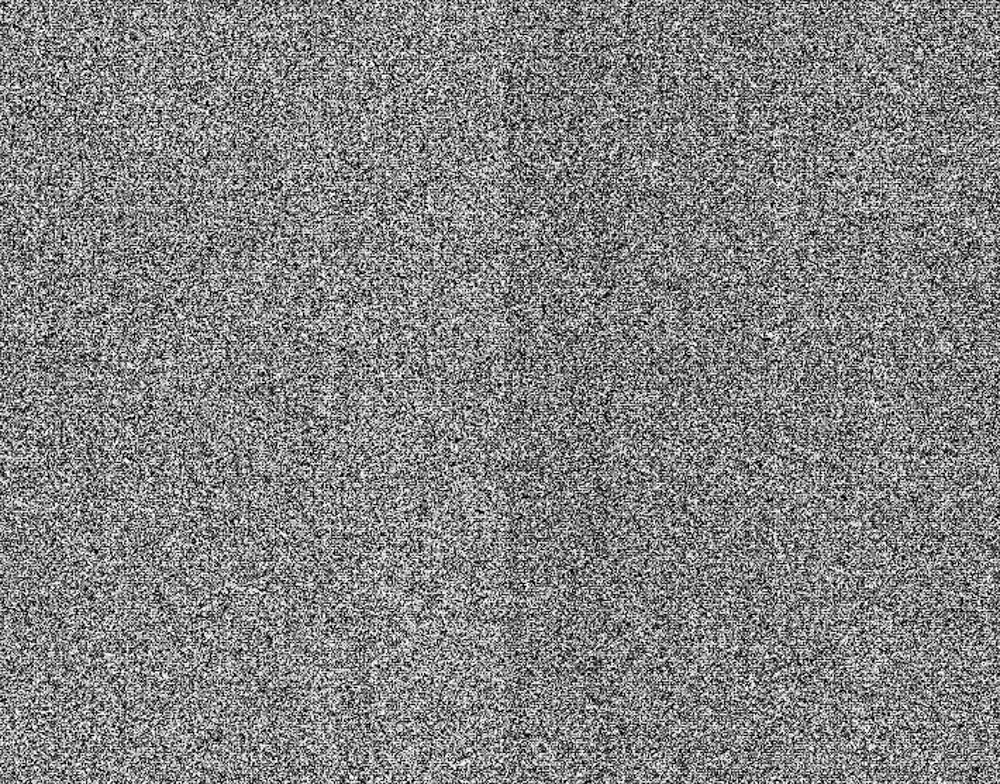
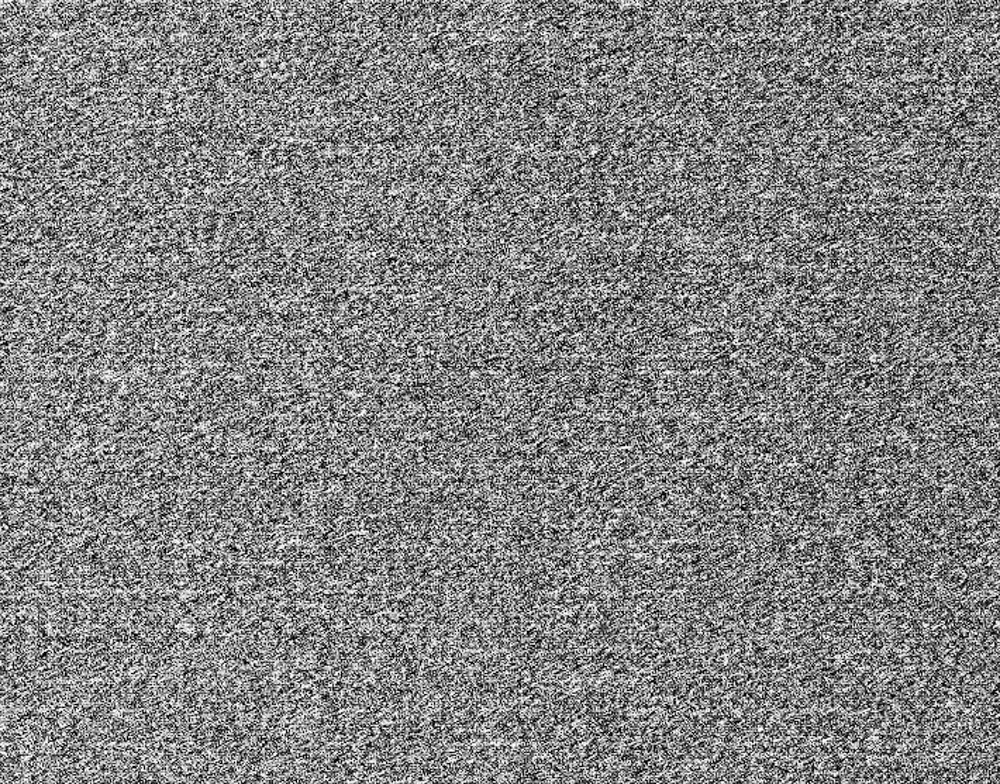
The high-spatial-frequency horizontal features are much more prevalent in the blue channel.
Leave a Reply